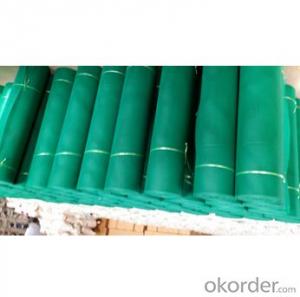Plastic plumbing pipe fittings are an essential component in creating a leak-free system. They are designed to connect and secure pipes, ensuring that water flows smoothly through the system without any leaks. In this article, we will explore the importance of plastic plumbing pipe fittings, the different types available, and how to choose the right ones for your plumbing needs.
A Brief History of Plastic Plumbing Pipe Fittings
Before we dive into the details, let’s take a moment to appreciate the evolution of plastic plumbing pipe fittings. In the past, metal was the primary material used for pipe fittings, but over time, plastic has become increasingly popular due to its durability, flexibility, and cost-effectiveness. The first plastic pipe fittings were introduced in the 1960s, and since then, advancements in technology have led to the development of high-quality, reliable plastic fittings that are widely used today.
The Importance of Leak-Free Fittings
A leak-free plumbing system is crucial for several reasons. First and foremost, it prevents water damage to your home or building. Water leaks can lead to mold growth, structural damage, and costly repairs. Additionally, a leak-free system helps conserve water, which is essential for our planet’s sustainability. By ensuring that water flows efficiently through your pipes, you are contributing to water conservation efforts and reducing your environmental impact.
Types of Plastic Plumbing Pipe Fittings
There are various types of plastic plumbing pipe fittings, each with its unique features and applications. Some of the most common types include:
– Push Fit Fittings: These fittings are easy to install and require no special tools. They simply push onto the pipe and lock into place, providing a secure connection.
– Compression Fittings: Compression fittings are tightened using a compression ring, which creates a tight seal between the pipe and the fitting. They are versatile and can be used with different types of pipes.
– Solderless Fittings: As the name suggests, solderless fittings do not require soldering. They are connected using a special adhesive or by threading the pipe into the fitting. This type of fitting is ideal for DIY projects and quick repairs.
– Clamp Fittings: Clamp fittings use a clamp or a band to secure the pipe in place. They are adjustable and can be used with pipes of varying diameters.
Choosing the Right Plastic Plumbing Pipe Fittings
When selecting plastic plumbing pipe fittings, there are several factors to consider:
– Material: Ensure that the fittings are made from high-quality, durable plastic that can withstand the pressure and temperature of your plumbing system.
– Compatibility: Check that the fittings are compatible with the type of pipes you are using. Some fittings are designed specifically for certain pipe materials.
– Size: Measure the diameter of your pipes to ensure that you select fittings of the correct size.
– Purpose: Consider the purpose of the fitting in your plumbing system. Different fittings serve different functions, such as connecting pipes, changing direction, or controlling water flow.
Installation Tips for Plastic Plumbing Pipe Fittings
Proper installation is key to ensuring a leak-free system. Here are some tips for installing plastic plumbing pipe fittings:
1. Clean the Pipes: Before installing the fittings, make sure the pipes are clean and free of debris. This will help create a better seal and prevent leaks.
2. Measure Twice, Cut Once: Double-check the measurements of your pipes to ensure a proper fit. Cutting the pipe too short or too long can lead to connection issues.
3. Follow Manufacturer’s Instructions: Each type of fitting may have specific installation instructions. Be sure to follow these guidelines to ensure a secure and leak-free connection.
4. Check for Leaks: After installation, test the system for leaks. If you find any, address them immediately to prevent further damage.
Maintenance and Care of Plastic Plumbing Pipe Fittings
To prolong the life of your plastic plumbing pipe fittings and maintain a leak-free system, follow these maintenance tips:
– Regular Inspections: Periodically inspect your plumbing system for signs of wear or damage. Catching issues early can prevent costly repairs.
– Avoid Harsh Chemicals: Some chemicals can damage plastic fittings over time. Use caution when using cleaning products that may come into contact with your fittings.
– Replace Damaged Fittings: If a fitting is damaged or worn out, replace it promptly to maintain the integrity of your plumbing system.
Conclusion
Plastic plumbing pipe fittings play a vital role in ensuring a leak-free and efficient plumbing system. By understanding the different types, choosing the right fittings for your needs, and following proper installation and maintenance practices, you can enjoy the benefits of a reliable and long-lasting plumbing system. So, the next time you’re working on a plumbing project, don’t forget the importance of high-quality plastic plumbing pipe fittings.

